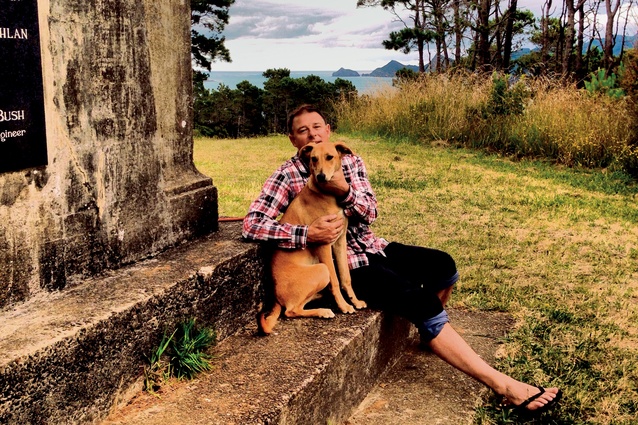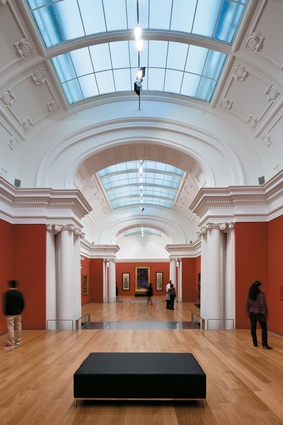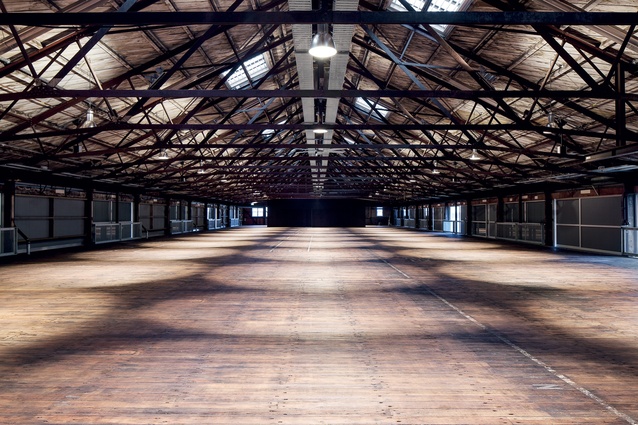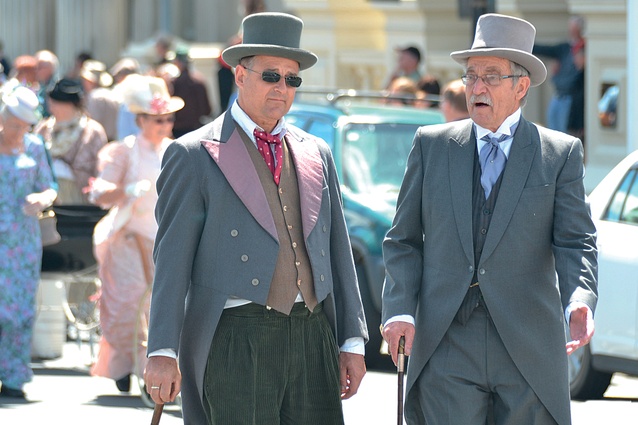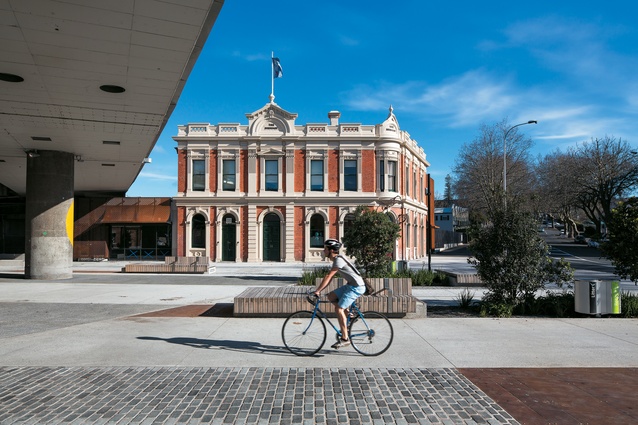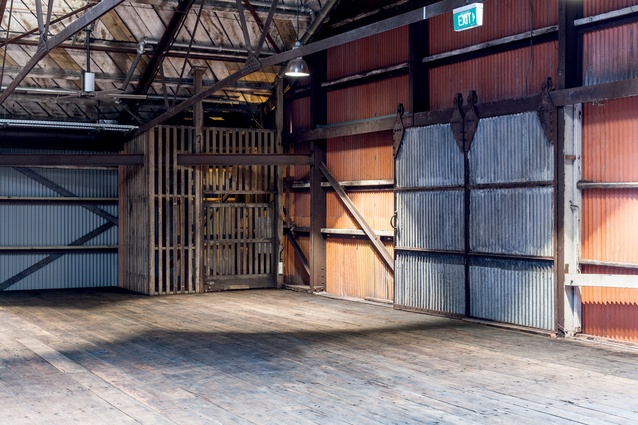Obituary: Bruce Mitchell Petry
Julia Gatley honours the life and career of Bruce Petry, who worked determinedly to protect numerous important heritage buildings in New Zealand and overseas.
Well-known heritage practitioner Bruce Petry died unexpectedly on 11 July 2016. As a passionate heritage advocate, he earned a national reputation during the 17 years he spent with Salmond Reed Architects. He established his own office, Reverb, in early 2015.
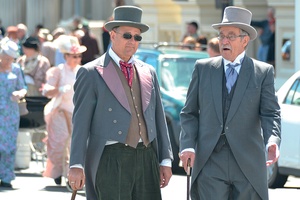
Bruce grew up in Wellington. He completed a Bachelor of Building Science at Victoria University of Wellington before moving to Auckland to do his Bachelor of Architecture. Among his Auckland classmates was Andrew Douglas, who immediately became his lifelong partner. Bruce also completed a Master of Architecture at the University of Auckland on the public buildings of Gummer & Ford.
It was at the New Zealand Historic Places Trust in the late 1980s and early 1990s that Bruce gained his first heritage experience; initially this included researching and writing about old buildings that were being considered for registration. He transitioned into the realm of conservation advice and project design, working with owners of registered buildings who were undertaking additions or alterations, and assessing resource consent applications that involved changes to historic buildings. Notable among the additions projects was Waterlea, the house David Lange and Margaret Pope shared in Mangere Bridge.
In 1994, Bruce was accepted into the ICCROM built heritage course in Rome, earning a Certificate in Architectural Conservation from the International Centre for the Study of the Preservation and Restoration of Cultural Property. This was an essential part of his move into conservation practice. He then worked as a sole practitioner for a time, before joining Salmond Reed Architects in 1998.
Bruce was soon closely identified with Salmond Reed. He became a director in 2003, although also managed a sabbatical break during 2007/2008, working in London for heritage architects Purcell Miller Tritton. While in London he contributed to projects for The Crown Estate in Regent’s Park, wrote heritage reports, including one for the Abbey Road Studios, and worked on the King’s Cross Railway Station redevelopment.
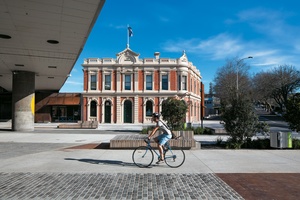
Bruce returned to Salmond Reed and to work which included the preparation of heritage assessments, condition assessments, conservation plans and heritage design guidelines, as well as collaboration with architects on adaptive reuse projects, assessing the heritage implications of design interventions. Key projects on which he worked included the 17 heritage buildings in the Britomart precinct, the old Auckland Art Gallery, the Birdcage (Rob Roy Hotel) in Freeman’s Bay, the Campbell Free Kindergarten in Victoria Park and Shed 10 on Queens Wharf.
The Birdcage and Campbell Kindergarten projects were realised in conjunction with the Victoria Park Tunnel. The heritage effects of urban infrastructure projects then formed a major part of Bruce’s recent Reverb work, notably the route and new stations for the City Rail Link in the Auckland CBD, the proposed pathway for the second harbour crossing and the East West Link on the north edge of the Manukau Inlet.
Bruce was very clear in his thinking on heritage matters and never shied away from arguing for his position. He advocated the simplification of New Zealand’s heritage system. This meant one type of heritage listing system, rather than the two we have at present, with both Heritage New Zealand and local authorities maintaining their own lists. It also meant one level of heritage listing, rather than systems involving Categories I and II, or A and B.
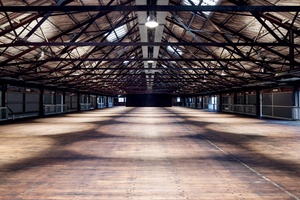
Bruce was committed to the adaptive reuse of heritage buildings under threat of demolition, and acknowledged that quite considerable intervention with heritage fabric was sometimes necessary to achieve the best outcome for a building’s future. He worked to raise public awareness about heritage, by doing public talks and lectures.
He wanted to encourage an interest and careers in heritage among young architects and students. This was his aim in setting up the Greg Bowron Trust after our good friend Greg died in 2007, to raise money to establish travelling scholarships.
Indeed, Bruce contributed to a range of volunteer and heritage advocacy organisations, including ICOMOS New Zealand and the Oamaru Whitestone Civic Trust, for which he was a trustee. He also supported and enjoyed heritage tourism, for example by participating in dress-up events like Oamaru’s annual Victorian heritage weekend.
Bruce’s sudden death is a huge shock and a devastating loss for family, friends and the architecture and heritage professions more generally. A full house attended his funeral at St Matthew-in-the-City, celebrating his life and remembering a person who brought passion and enthusiasm to everything he did. Bruce is survived by partner Andrew and brother Ian, and is deeply missed by many more.

